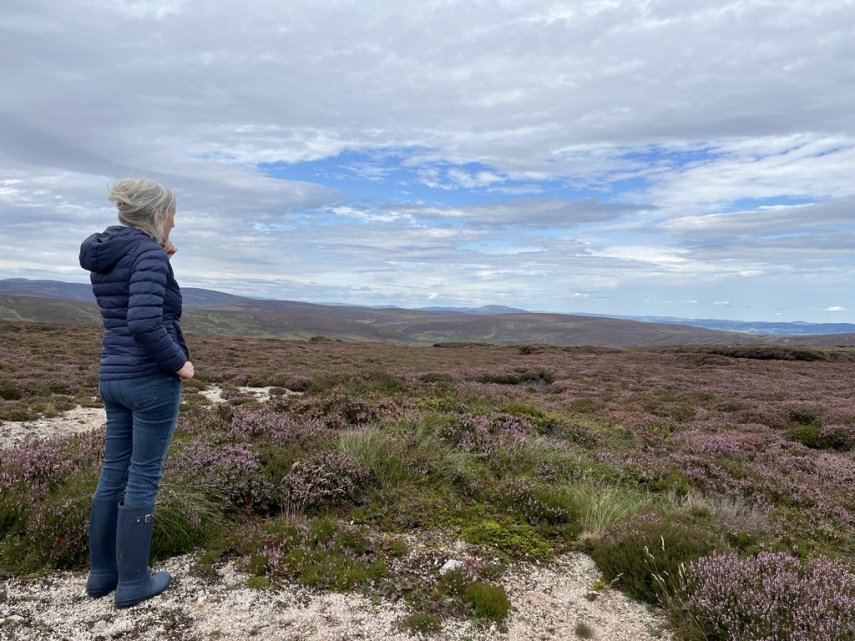
Four reasons to think about community benefits
Emma Cooper
Perhaps the hottest topic in land reform this year is ‘natural capital investment’. This is usually referring to the purchase and management of land by investors seeking to participate in and get a return from the drive to net zero carbon emissions. There is a mix of motivations for investors including anticipation of future land value increases or markets for carbon and other ecosystem services, and to fulfil their own net zero ambitions and/or wider ESG (environmental, social and governance) commitments.
We’ve previously published advice and recommendations on how to address some of the risks and opportunities this changing context brings, including stronger regulation and changes to tax and grant funding.
Next week however, we will be publishing some good practice guidance on what community benefits from land are, and some of the opportunities we see for delivering community benefits. So why are community benefits so important? Here are four good reasons to get started.
1. It’s fair and just
Land is a critical resource that we all rely on to meet our basic human needs – clean air and water, shelter, food and so on. There is no alternative source available to meet these needs, so we have to ensure that the needs of communities on and around landholdings are met. That means giving deliberate thought to how the community does - and can - benefit from land.
More than that though, our earlier research demonstrated the ways in which Scotland’s concentrated pattern of landownership – where a small number of people or organisations own a large proportion of Scotland’s land – can impact on communities, including by limiting economic development opportunities, impacting on social cohesion, and restricting the availability of housing.
Landowners who either own large areas of land or control a majority of local resources will want to give particular consideration to how they deliver community benefits.
2. Private investment brings opportunities
We have a significant opportunity to harness private investment in land to the benefit of local communities.
There are varying estimates of the amount of private investment needed to meet the UK and Scottish net zero carbon targets, and our research demonstrates that – in Scotland at least – we are seeing an increase in private investment in land as well as more corporations and institutions buying land.
Whilst this private investment is creating some risks, we can also see private investment as an opportunity to improve how our land is managed and be deliberate in bringing benefits to local communities.
Many private investors already recognise that land can generate returns in a range of ways (renewables, housing, tourism, food, to name but a few) – let’s encourage collaboration and creative thinking about how the land can generate a financial return for investors, restore nature, reduce emissions AND support sustainable, thriving, empowered communities.
3. Impact on current and future generations
Decisions about the way in which land is owned and managed will impact on existing communities and on future generations; decisions made now may even determine whether those communities will exist in the future.
It is essential that nature restoration projects continue to lock in the benefits they bring for people and planet, but the flip side is that those who control land are making critical decisions about how that land gets used long-term. It is important that decisions are made with communities and for the long-term benefit of those communities, as well as nature.
4. Maintaining a social licence to operate
The only way Scotland will reach its nature restoration and net zero carbon targets is by carrying public support for the significant land use changes and impacts that requires. We’re familiar with negative stories in the media about large-scale landownership and the implications of private investment in natural capital. That doesn’t need to be the way if a responsible approach is taken that involves communities from the start and is active in increasing community agency and benefit.
The direction of government policy and market development sets out clear expectations that local communities should benefit from investment in Scotland’s land. There’s no need to wait for policy to require it though, we hope our guidance publication will help those involved in both the land and investment sectors take a leadership role in delivering community benefit.
